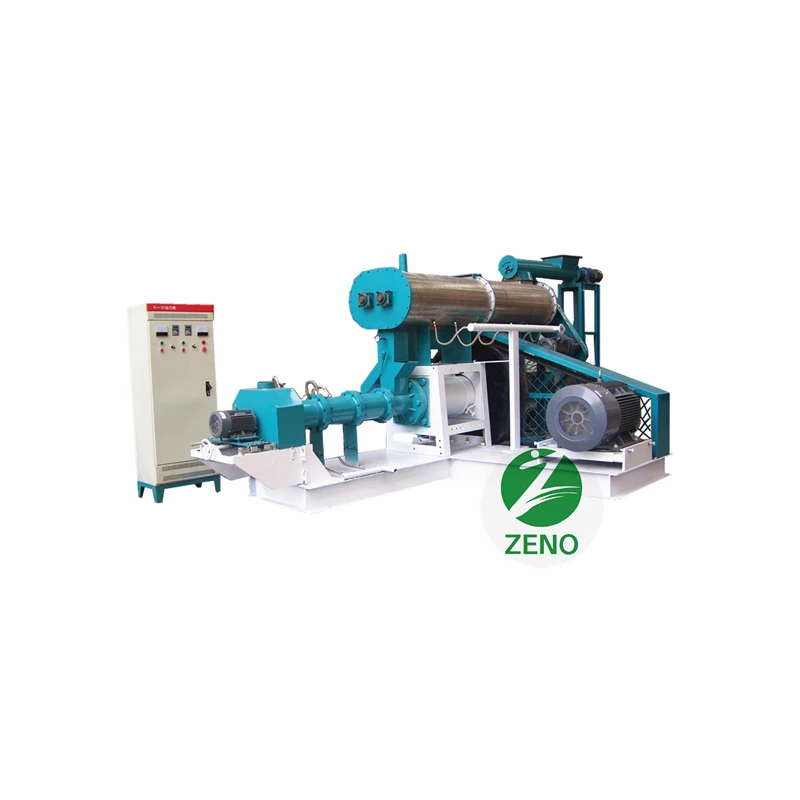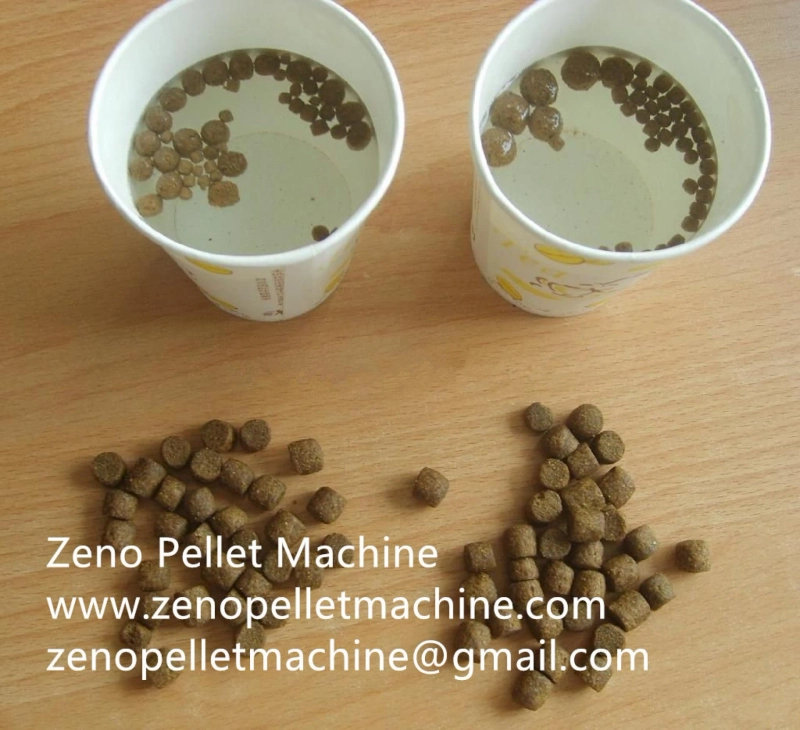Catfish farming expansion are held back as private sector fish farmers have faced major constraints including lack of good fingerlings and quality feed. Challenges in making feeds in Nigeria are not in sourcing the ingredient but on the techniques involved in formulation and processing.
Fish feed processed by extrusion are found to exhibit floating characteristics. Extruded feed pellets are more cost efficient, improve quality of ratio and increase profitability for farmers. Great demand for fish feed in fish farming Increased the availability of indigenous feed production.
The main process of fish feed production line: fish feed grinding→feed mixing→feed extrusion→pellet drying→oil spraying process→pellet cooling and packing.
1. Grinding
Generally mix raw materials together before grinding.
The most common machine for grinding is the hammer mill. The particle size directly effects the efficiency of pellet making. Once feeding into the crushing chamber, materials are smashed under the high-speed rotation of hammers. With the high pressure and rapid-moving of airflow, the smashed raw materials are further reduced into particle size or very small pieces for further processing. There are different capacities of hammer mills for your demands.
Screen sizes recommended are as follows: for 2mm pellets, 0.75mm; for 3-5mm pellets, 1.0mm; for bigger pellets, 1.0-1.25mm.
2. Mixing
Powdery feed materials need to be mixed thoroughly in the mixer to ensure a high-quality of nutritional feed. Meanwhile premixes and other micro ingredients are added and mixed.
We provide feed mixer with a single-shaft and twin-ribbon. It reinforces convection, shearing, and mixing effects and is an essential parts of the whole line.
3. Extrusion
Extrusion, including dry extrusion and wet extrusion, is the only known way to make water stable slow sinking or floating feed pellets. The general extrusion process involves a high temperature over a short time. At the same time the material also undergoes relatively high pressure. The pressure difference in the interior of extruder and the external environment will cause the extrusion of the aquatic feed.
Notice: Dry type fish feed pellet machine for dry extrusion and wet type feed extruder for wet extrusion.
4. Drying
Fish feed pellets from pellet making machine need to lower high moisture and temperature. So dryer should be equipped in the production line. The best and most gentle drying is obtained with a low temperature dryer, <80℃, and long drying time. Here the multi-layer dryer is recommended for best drying quality.
5. Oil Spraying Process
For acquiring better smell and taste, the oil spraying machine can be used to spraying oil to the surface of fish feed pellets coming out of the dryer. It sprays atomized oil with high speed on the up and down surface of pellets, and the excessive oil can be recycled through filter.
6. Cooling and bagging
By cooling pellets can be harden. Counter flow cooler is cooling type that commonly used in pellet industry currently with the direction of the air and product of pellets in opposing directions.
The fish feed pellets are packaged in bags for further transporting and storage. Here you can opt pellet packing machine which is suitable for weighing and bagging pellets.
The above processes, the main steps of making fish feed pellets, are suitable for other fish feed production. With quality fish feed extruder and right feed formulation, you can make feed pellets your wanted depending on the production procedure.


